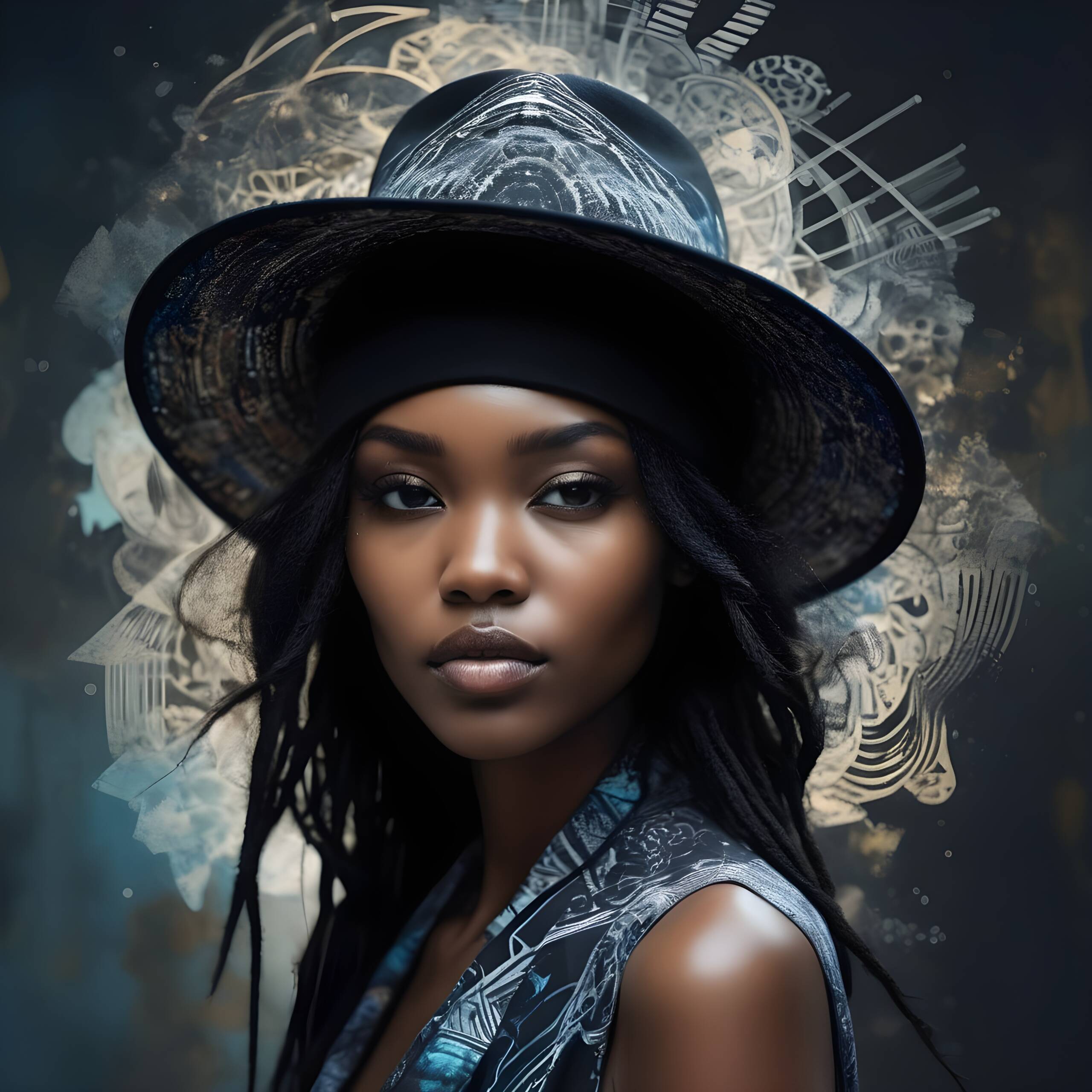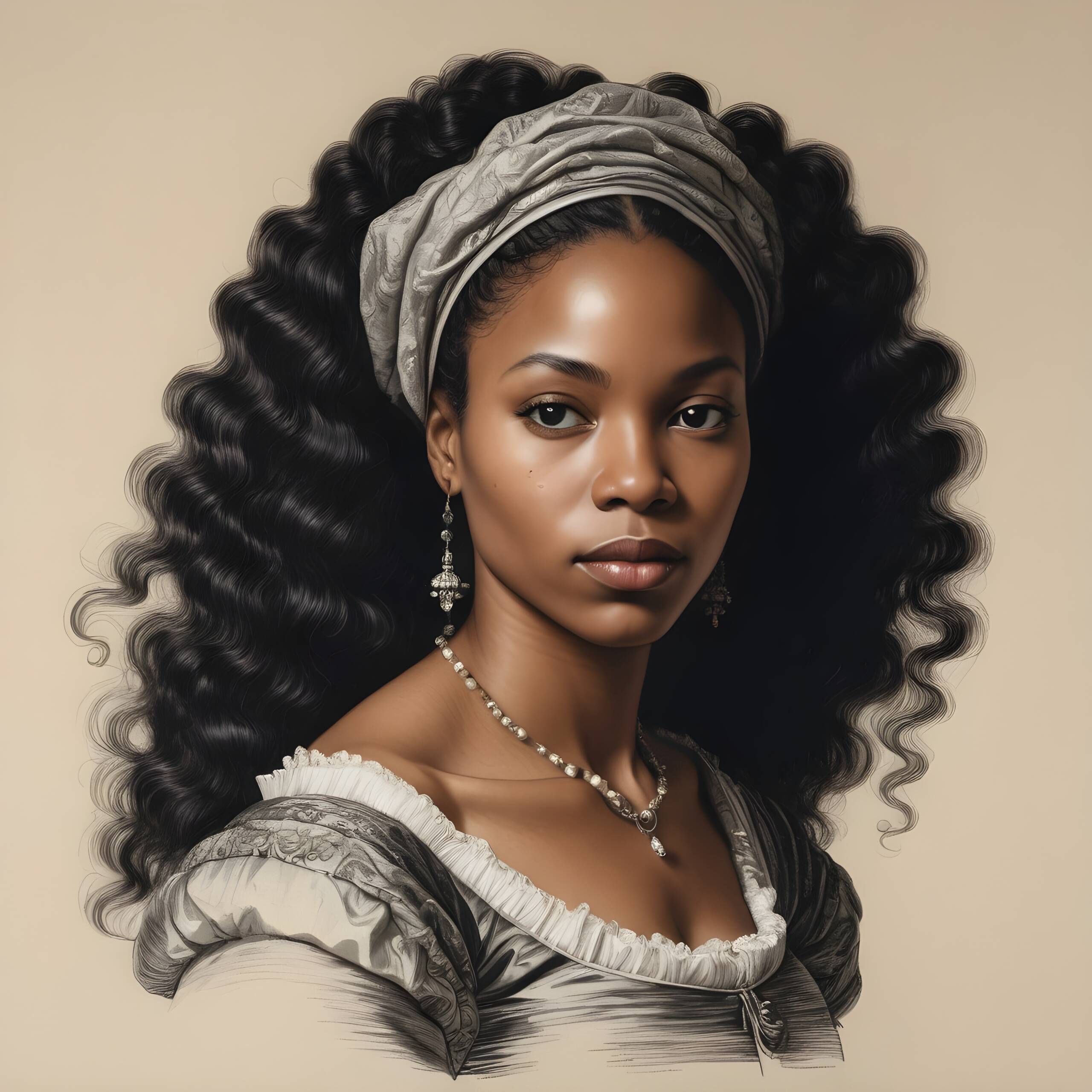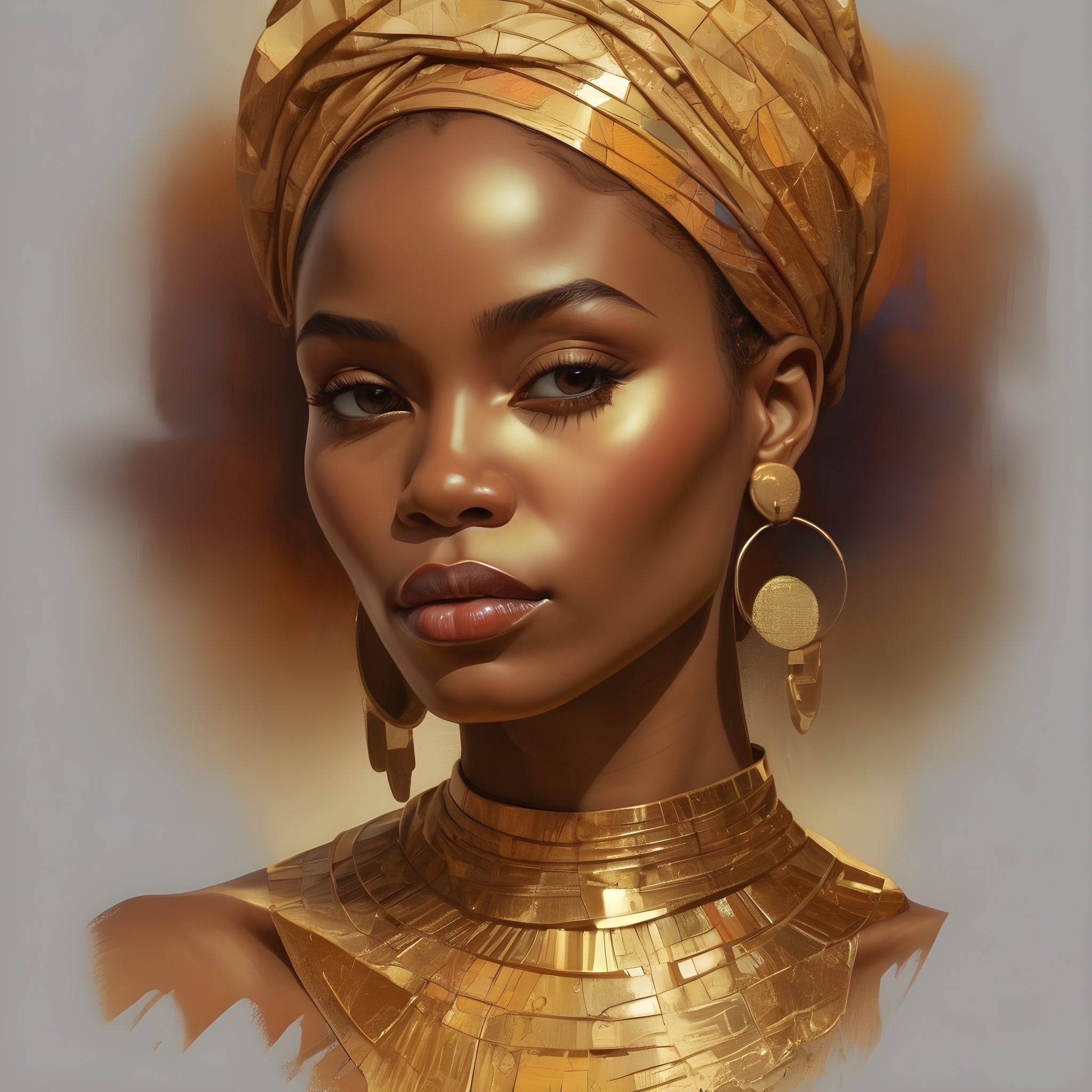


The Societal Perceptions Associated with Being a Beautiful Melanin
In a world where beauty standards have historically been narrow and exclusionary, celebrating melanin-rich skin is a powerful affirmation of diversity and individuality. However, societal perceptions associated with being beautiful melanin are multifaceted, encompassing both positive recognition and persistent challenges. This article explores the evolving perceptions of melanin beauty, its impact on individuals and communities, and the ongoing journey toward true inclusivity and representation.
Historical Context of Melanin Beauty
Colonial Legacy and Colorism
The historical context of melanin beauty is deeply intertwined with colonialism and colorism:
- Colonial Influence: Colonial powers imposed Eurocentric beauty standards that often devalued and marginalized darker skin tones.
- Colorism: Within communities of color, colorism emerged as a form of discrimination that favored lighter skin over darker skin, perpetuating harmful stereotypes and biases.
Resistance and Resilience
Despite these challenges, melanin-rich individuals have always demonstrated resilience and pride:
- Cultural Celebrations: Many cultures have long celebrated darker skin through traditional art, fashion, and rituals that honor melanin beauty.
- Icons of Beauty: Historical figures and contemporary icons have challenged narrow beauty standards, advocating for the recognition and appreciation of melanin beauty.
Modern Perceptions and Representation
Media and Entertainment
The role of media and entertainment in shaping perceptions is significant:
- Increased Representation: There has been a notable increase in the representation of melanin-rich individuals in media, from movies and TV shows to fashion magazines and advertising campaigns.
- Positive Visibility: Prominent figures like Lupita Nyong’o, Viola Davis, and Naomi Campbell have become symbols of melanin beauty, promoting positive visibility and inspiring millions.
Social Media Movements
Social media has played a crucial role in reshaping perceptions:
- #MelaninMagic: Hashtags like #MelaninMagic, #BlackGirlMagic, and #BrownSkinGirl celebrate melanin beauty and create communities of support and affirmation.
- Influencers and Activists: Influencers and activists use social media platforms to challenge stereotypes, share personal stories, and advocate for broader definitions of beauty.
Challenges and Biases
Persistent Stereotypes
Despite progress, persistent stereotypes and biases remain:
- Exoticization: Melanin-rich individuals are sometimes exoticized, reducing their beauty to a fetishized or othered status rather than recognizing it as a norm.
- Professional Discrimination: Biases in professional settings, such as the workplace or the modeling industry, can limit opportunities and perpetuate inequality.
Internalized Colorism
Internalized colorism continues to affect many individuals:
- Self-Image: Growing up in environments where lighter skin is idealized can impact self-esteem and self-worth.
- Community Dynamics: Colorism within communities of color can create divisions and perpetuate harmful beauty standards.
Celebrating and Empowering Melanin Beauty
Educational Initiatives
Educational initiatives are key to changing perceptions:
- Curriculum Inclusion: Including diverse beauty standards and histories in educational curricula can foster understanding and appreciation from a young age.
- Workshops and Seminars: Workshops and seminars focused on beauty diversity and self-empowerment can help combat internalized biases and promote self-love.
Supportive Communities
Building and nurturing supportive communities is essential:
- Mentorship Programs: Mentorship programs that connect young melanin-rich individuals with role models can provide guidance and inspiration.
- Community Organizations: Organizations that celebrate and support melanin beauty can offer resources, advocacy, and a sense of belonging.
Advocacy and Policy Change
Advocacy and policy change can drive systemic improvements:
- Anti-Discrimination Laws: Strengthening and enforcing anti-discrimination laws can protect individuals from biases based on skin color.
- Industry Standards: Promoting inclusive fashion, entertainment, and media standards can ensure broader representation and fair treatment.
The Future of Melanin Beauty
Continued Progress
The future of melanin beauty looks promising with continued progress:
- Global Movements: Global movements advocating for racial and beauty diversity continue to gain momentum, challenging outdated norms and promoting inclusivity.
- Innovative Platforms: New platforms and initiatives dedicated to showcasing melanin beauty are emerging, providing spaces for celebration and empowerment.
Cultural Shifts
Cultural shifts are redefining beauty standards:
- Intersectionality: An intersectional approach to beauty recognizes the interconnectedness of race, gender, and other identities, promoting a more holistic and inclusive view.
- Authentic Representation: Authentic representation in media and beyond is increasingly valued, highlighting the richness and diversity of melanin beauty.
Embracing Melanin Beauty
The societal perceptions associated with being beautiful melanin are evolving, reflecting a growing recognition of diversity and inclusivity. From overcoming historical biases and stereotypes to celebrating unique beauty through media and social movements, the journey toward a true appreciation of melanin beauty continues. By fostering supportive communities, advocating for policy change, and embracing authentic representation, we can ensure that melanin beauty is celebrated and empowered for generations to come.


